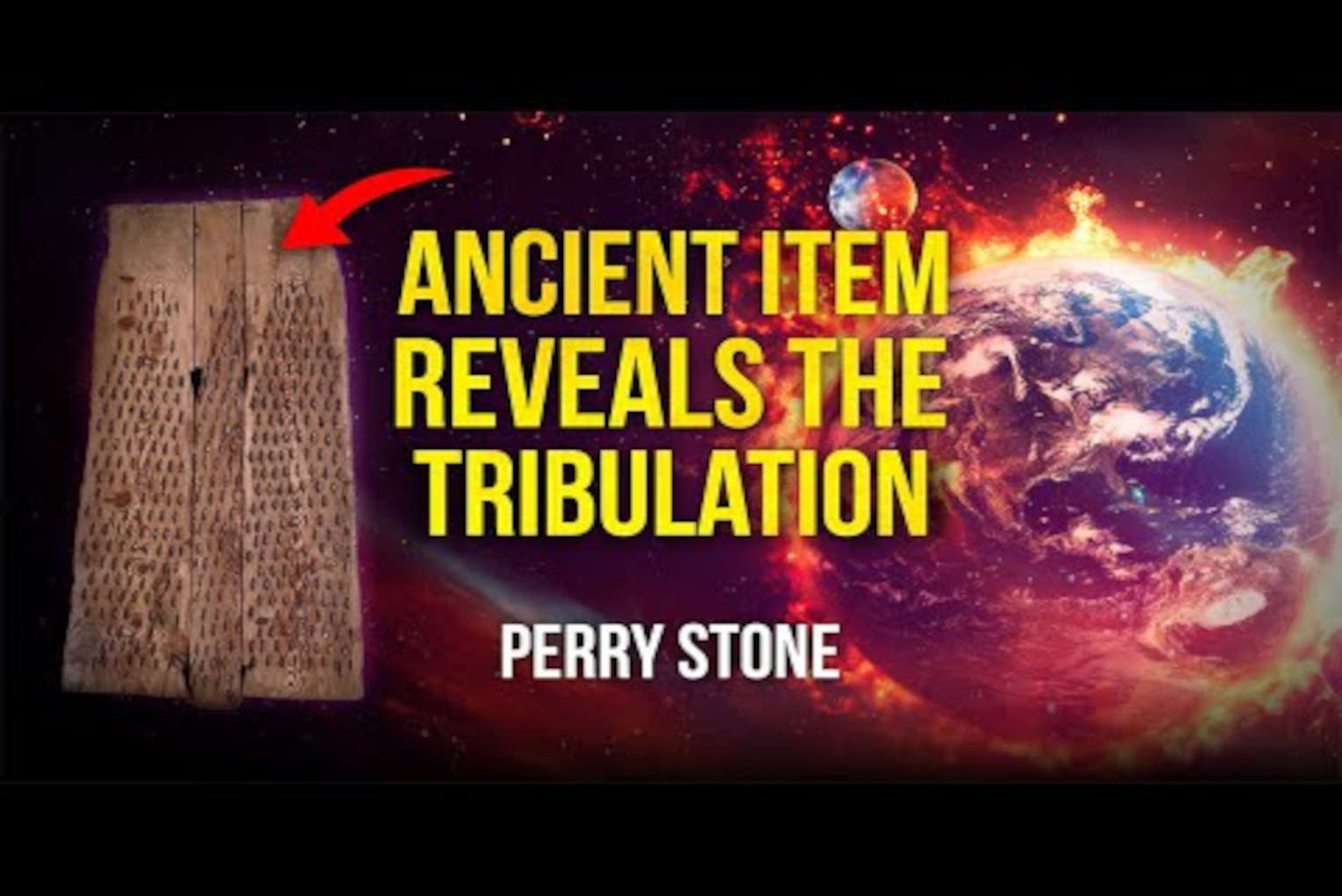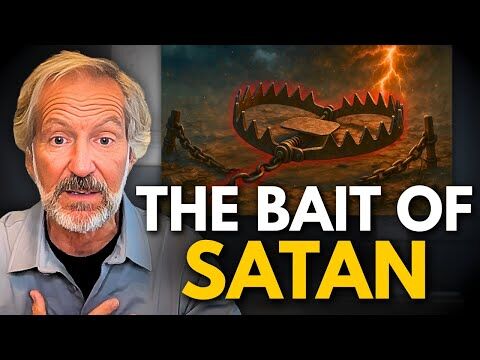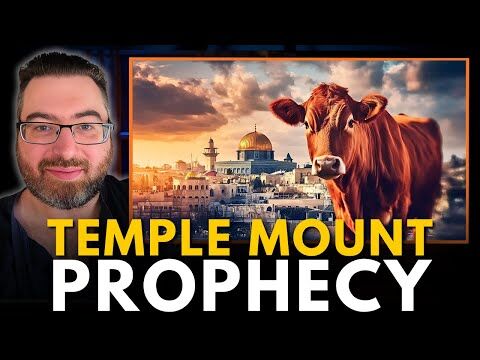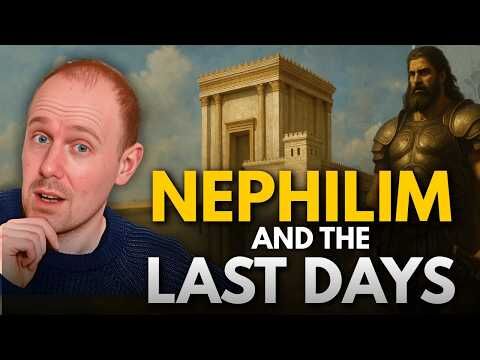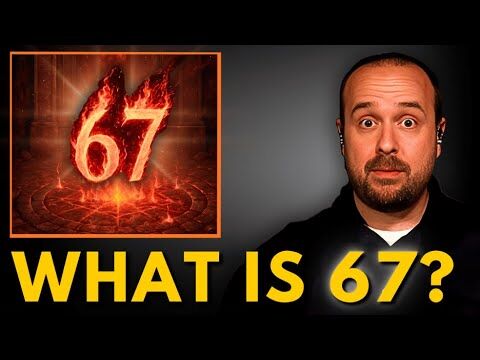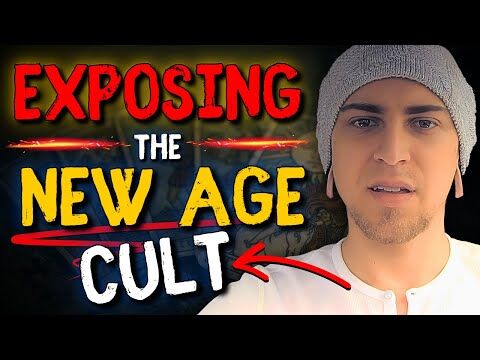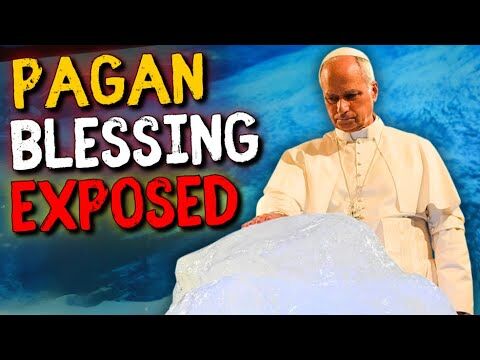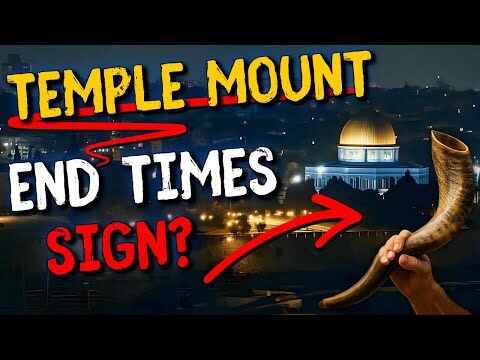Perry Stone’s latest video discussion explores how ancient biblical customs and artifacts provide insight into end-times prophecy. In the video, he examines key biblical symbols—such as oil lamps, grinding at the mill and an ancient tool called the tribulum—to illustrate themes of separation and judgment described in Scripture.
Through historical context and scriptural analysis, Stone connects these elements to what he believes is a prophetic message about the Tribulation and the coming of the end times.
Breaking News. Spirit-Filled Stories. Subscribe to Charisma on YouTube now!
Understanding Biblical Culture
Stone begins with a simple but crucial point: “The biblical culture was different than our culture today.” He reminds us that to truly understand scripture, we have to step outside of our modern world and into the ancient one. That means recognizing that when Jesus spoke about lamps, tombs and even grinding at the mill, He wasn’t using modern imagery—He was pulling from the everyday life of His time.
Take the parable of the 10 virgins from Matthew 25. “You read the Bible talk… keep your lamp trimmed and burning—we use light bulbs. What does it mean to keep a lamp trimmed and burning?” Stone explains that in Jesus’ day, lamps weren’t electric but clay vessels filled with oil and a wick. If the oil ran out, the flame died. A simple but powerful metaphor: without preparation, you’re left in darkness.
Then there’s the matter of graves. “We bury people six feet under—they do not do that in the Middle East,” he says. Instead, Jewish burial customs placed bodies in limestone boxes above ground, a practice that reshapes how we visualize biblical tombs. Even the manger we associate with Christmas wasn’t the wooden structure of Western nativity scenes but “made of stone… a feeding trough for the animals.”
A Clue About the Rapture?
Stone’s most compelling point comes when he shifts to grinding at the mill—a passage from Matthew 24 that many overlook. “Two women shall be grinding at the mill, one will be taken, the other left.” For Stone, this isn’t just a casual reference to ancient labor—it’s a coded message about the Rapture. He makes an important distinction: “You cannot grind… until there has first been a harvest.”
The imagery is clear: the harvest (the gathering of believers) comes first, and the grinding (tribulation) follows. Just as in ancient times, wheat had to be crushed after harvest, so too will a great separation take place before the tribulation begins.
An Ancient Tool With a Prophetic Message
And that’s where an ancient tool called the tribulum enters the conversation. Found in Israel, this wooden board embedded with sharp stones was used to separate wheat from chaff. “A man would stand on this… tied to a mule,” Stone describes, “and this board would go over the grain… crushing it, separating the chaff from the wheat.”
That separation, he argues, is precisely what the Tribulation will bring. He doesn’t just present this as an interesting historical artifact—he ties it directly to biblical prophecy. “The tribulation is a time of separation,” Stone warns. “It is a time where the wheat… is collected and the grain is crushed.”
Tribulation: The Great Separation
The Bible consistently presents a theme of separation:
- The wheat and tares
- The sheep and goats
- The good fish and bad fish
All of these point to an unavoidable moment when the true followers of Christ will be distinguished from those who only appeared to be.
Thank you for visiting MyCharisma. To read the full story please go to Charisma News.
Join Charisma Magazine Online to follow everything the Holy Spirit is doing around the world!
James Lasher is staff writer for Charisma Media.

